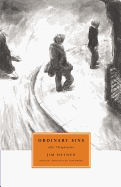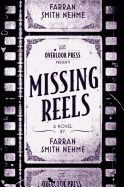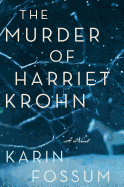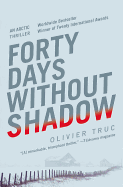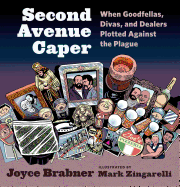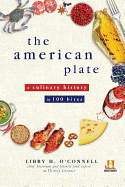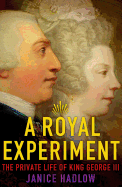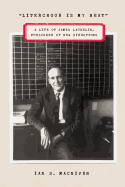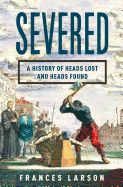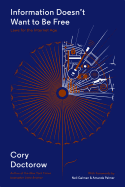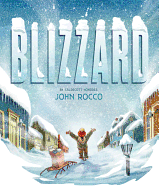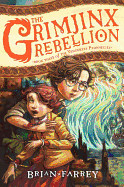Melville House to Publish Senate Torture Report
The President's Commission on the Assassination of President Kennedy, known as the Warren Commission, was established by President Johnson on November 29, 1963, to investigate the assassination seven days prior. In 1964, Doubleday & Company published the official report.
Four years later, Johnson established the National Advisory Commission on Civil Disorders, known as the Kerner Commission, to investigate the causes of recent U.S. race riots and to provide recommendations for the future. That report was published by Bantam Books.
In 1971, the Pentagon Papers, officially titled United States–Vietnam Relations, 1945–1967: A Study Prepared by the Department of Defense, were leaked to the New York Times by Daniel Ellsberg. To ensure public debate, Senator Mike Gravel (D., Alaska) entered 4,100 pages of the report into the Senate record; these were subsequently published by Beacon Press. President Nixon personally attacked Beacon, and the FBI subpoenaed its bank records.
In November 2002, the National Commission on Terrorist Attacks Upon the United States, also known as the 9/11 Commission, was created to examine the facts and circumstances surrounding the September 11 attacks. W.W. Norton published the authorized edition of its findings.
 And now, continuing the critical work of publishing important documents, Melville House is issuing the Senate Intelligence Committee's report on the CIA's detention and interrogation program as The Senate Intelligence Committee Report on Torture in paper and e-book ($16.95).
And now, continuing the critical work of publishing important documents, Melville House is issuing the Senate Intelligence Committee's report on the CIA's detention and interrogation program as The Senate Intelligence Committee Report on Torture in paper and e-book ($16.95).
Calling the report "probably the most important government document of our generation, even one of the most significant in the history of our democracy," Melville House co-publisher Dennis Johnson noted that the publisher was founded in 2001 "with the express purpose of trying to speak out about what was going on under the administration of George Bush. We felt it was our duty to try and get this report out there to the widest possible audience." --Marilyn Dahl, editor, Shelf Awareness for Readers




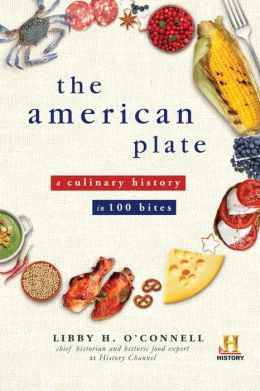 Any favorite recipes or foods?
Any favorite recipes or foods?